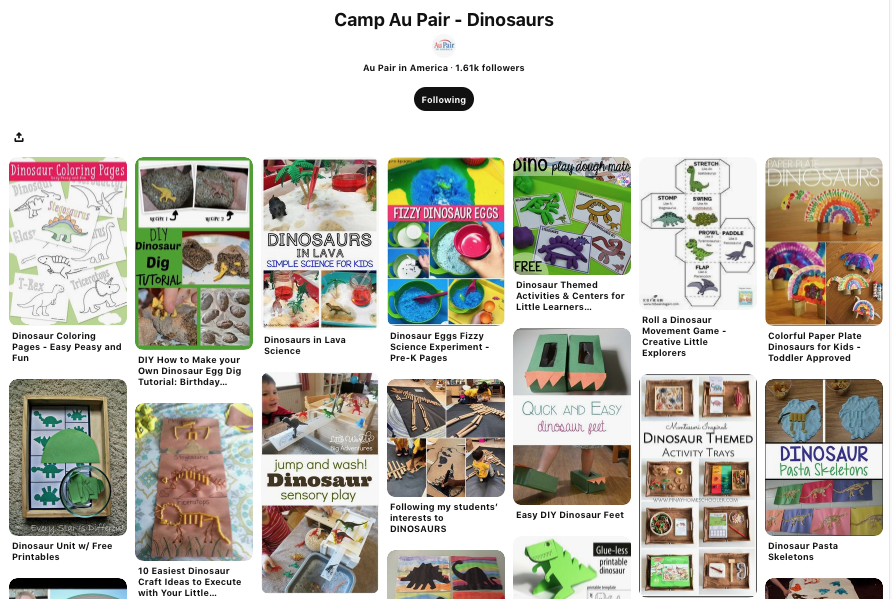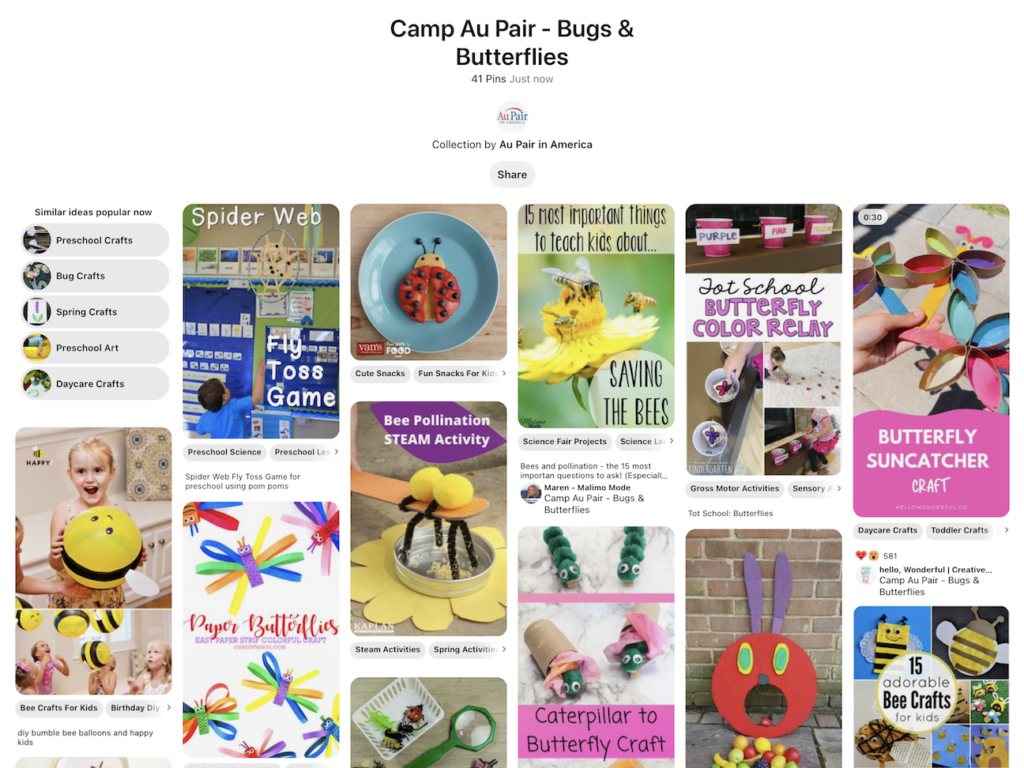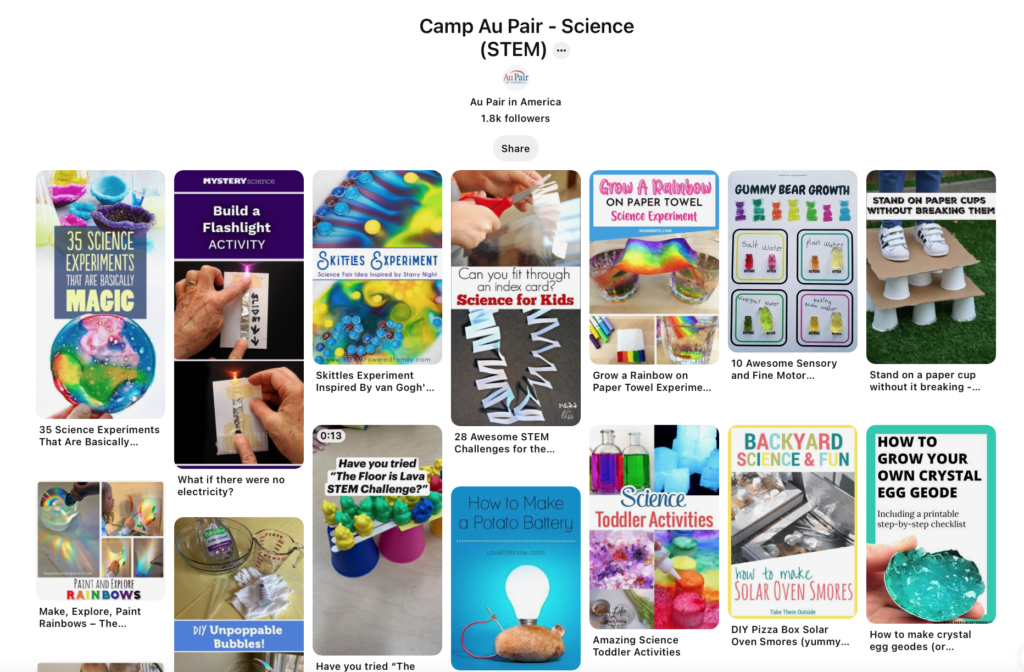
You made it! Your time in the US has flown by, and now it’s time to plan for your return. Think about all of the time and effort you put into preparing for your arrival in the US – interviews, paperwork, training. It makes sense that your return home would also require some thought. Of course you expected US culture to be new, but do you anticipate your home culture to be familiar and without difficulties? This is often not the case. In many ways, the experience of returning home can mirror the experience of arriving in the US. Change can be stressful, but thinking about these transitions ahead of time can make them less scary.
For au pairs, the reentry process begins in the eighth month when return flight packets are received. At this time feelings can be mixed, and au pairs may feel very confused as they anticipate the return home but are not ready for the US experience to end. For those returning at the end of the first year, they must select a travel date, deal with questions and excitement from family and friends at home and, with three months left, continue to keep focused on their au pair duties.
As the departure date nears, there is a flurry of activity – you’re trying to get everything done, packing, and seeing all your friends one more time. It can be tempting to disengage from friends and your host family – keep in mind, even if you’re not aware of it, it’s easier to leave angry than it is to leave sad. Be aware of these emotions and remember that they can impact your host family and host kids too. Talk to a trusted friend or your Community Counselor.
Now you’re home! When you first arrive, everyone will be so happy to see you, and you may feel like a visiting celebrity. This will fade though, and your friends and family may no longer be interested in hearing dozens of stories of your adventures in the US or seeing hundreds of photos of you and your new friends. They will move on and be ready for you to do the same, which leads us too…
Reverse Culture Shock – when you first return home, your family and friends may wonder who you are, who you’ve become. You may be thinking about how much you’ve changed, while everything and everyone at home has stayed the same. It may be tempting to romanticize your time in the US – everything was perfect there! There were friends who understood you! You may also experience a “parent problem” – you’ve been independent and had lots of freedom during your time in the US. It can be hard to go back to being someone’s child or following someone else’s rules.
This culture shock is not permanent. It takes time, but eventually, you will get back into the swing of things, and you’ll begin to relax into life in your home country, carrying with you the experiences you had as an au pair.
Tips for Transition:
• Talk to your Community Counselor – we are here to help you with all phases of your au pair experience, including your return home.
• Take some time to really think about your experiences in the US – what did you like most? What will you miss? How have you changed? What recommendations would you make to someone considering becoming an au pair?
• Think about challenges you may face when you return home.
• Think of skills and activities that helped you adapt to the US. These may be strategies that you can use to help you adapt back into your home country.
• Set short term and long term goals for after you return home. Think about ways that you can use the new skills that you gained during your time in America.
• Think about how your Host Family and kids are feeling. What can you do as a group to help with the transition? Think about how you can have a successful closure with them. Also, think about how your return may feel for your friends and family in your home country. What questions and concerns might they have?
• Keep talking – stay in touch with the au pairs and other friends you met along the way – it can be nice to talk with someone who had a shared experience with you.
• Develop ways to continue your exposure to American culture and language.





 Almost everyone experiences homesickness and culture shock to some degree, when they come to live in a completely new environment. So much is different and it takes time to adjust.
Almost everyone experiences homesickness and culture shock to some degree, when they come to live in a completely new environment. So much is different and it takes time to adjust.

 This week’s Camp Au Pair theme is
This week’s Camp Au Pair theme is 





